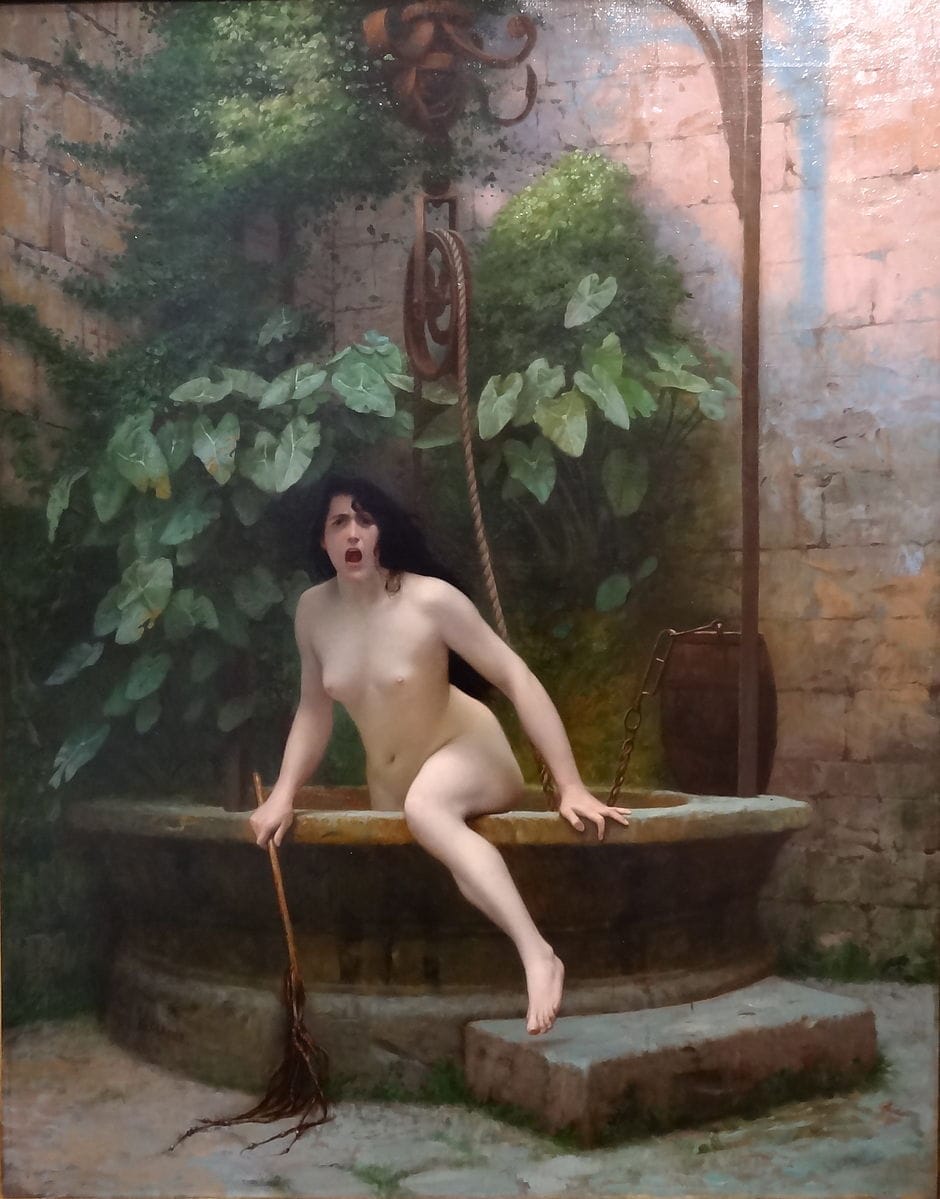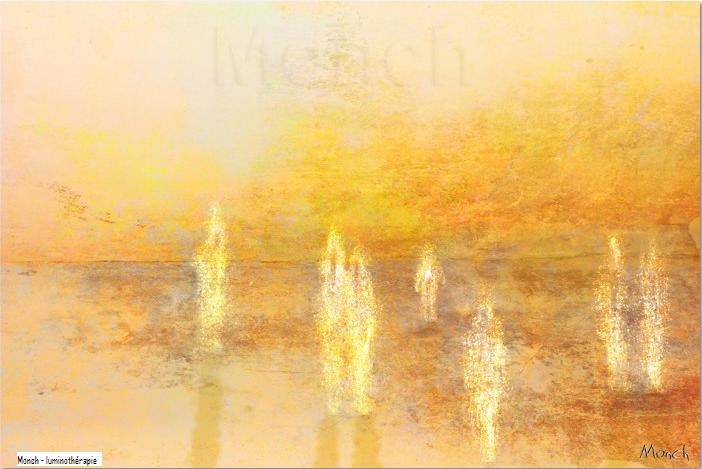A Story about the Truth — Or Not?

Usually titled “The Truth and the Lie” (sometimes the title contains slightly different wording), it is a story that has appeared many times on the internet, from social media to blogs to LinkedIn.
Most websites cite Jean-Léon Gérôme as the author, but this — ironically — is incorrect. Gérôme was a French painter who created a work entitled “Truth Coming Out of Her Well”. From 1895, during the final decade of his life (he died in 1904), Gérôme created at least four works of art featuring Truth (be it “naked truth” or plain “truth”) and a well as central motifs.
Most posts on the internet seem to credit the work to “a legend originating in the late 1800s”. But no, it was not.
The story is a simple one.
Truth is clothed in beautiful garments and while walking about encounters Lie. Lie comments to Truth about what a lovely day it is. Truth, skeptical of anything Lie has to say, looks up and sees that indeed it is indeed a splendid day.
The two entities, Truth and Lie, spend much of the day together and Truth Is now less suspicious of him.
(It is worth noting that in most versions of the story, Truth is a woman, and Lie is a man.)
At one point, Lie suggests a swim in what he terms a nice and refreshing body of water. Truth gingerly wades into the water, finds it pleasing, whereupon both she and Lie shed their clothes to swim. Suddenly Lie dashes out of the water, grabs Truth’s garments and runs off.
Truth is dismayed and exits the water, naked, determined to pursue Lie and recover her clothes. As she runs everywhere looking for Lie, the people of the World see that Truth is naked and therefore shameful. Filled with contempt and rage, they turn away from her. Unwilling to take another’s clothing, embarrassed and ashamed, Truth leaps into a deep well to hide her nakedness from others.
And so Truth disappears forever. Lie, however, continues to travel around the world, dressed in the fine garments of Truth and so panders to the needs of society — because no one wants to see “naked Truth”.
Perhaps (in truth) the story originated from the Greek philosopher Democritus. He wrote “of truth we know nothing, for truth is in a well” (ἐτεῇ δὲ οὐδὲν ἴδμεν: ἐν βυθῷ γὰρ ἡ ἀλήθεια, eteêi dè oudèn ídmen: en buthô gàr hē alḗtheia — literally “in reality we know nothing; for the truth is in an abyss”). The notion of the truth being naked may stem from the expression “the naked truth”, as in the French la vérité nue.
Another theory posits that the story may have originated as a fable in the late 1500s. Others cite Horace’s Odes. In almost all versions or origin theories, Truth is a naked woman, contrasted with the elaborate dress of Falsehood.
But back to our artist: In the mid-1890s, during the final decade of his life (he died in 1904), Gérôme made at least four paintings personifying Truth as a nude woman, either thrown into, at the bottom of, or emerging from a well.
In 1895 at a salon on the Champs Elysées, Gérôme showed a painting entitled (rather verbosely) Mendacibus et histrionibus occisa in puteo jacet alma Veritas (The nurturer Truth lies in a well, having been killed by liars and actors), in which he depicted “naked Truth killed by Falsehood, her body flung into a well and the mirror after her, from which flashes of light are cast as it lightens the dark abyss”. At the next Salon in 1896, Gérôme showed Truth Coming Out of Her Well.
Some believed that this series of works was a political commentary on the Dreyfus Affair, but most art historians now agree that Gérôme was continuing to showcase his ongoing dislike of Impressionism.
So, if not “The Truth”, certainly an example of confusion at best, or “alternative facts” (an expression famously coined by Kellyanne Conway, U.S. Counsellor to the President, during a January 2017 interview with “Meet the Press”). Now boys and girls, can we use “doublethink” in a sentence?
Still, the story of The Truth and the Lie is a worth retelling from time to time, preferably without inaccurate attributions.
Lastly, it seems noteworthy that we have a verb denoting the action of telling falsehoods; i.e. “to lie”. On the other hand, in English (and I believe all Indo-European rooted languages) we have no verb to indicate the action of telling the truth. We don’t say “to truth”.
Odd that we have more precision in falsehood than in truth.
Would you like to read other posts? If so, please click the Home Page link below:

You, Dear Reader, are much needed and appreciated.
Everything written requires a reader to make it whole. The writer begins, then you, dear reader, take in the idea and its image, and so become the continuation of its breath. Please subscribe so that my words can breathe. Consider this my hand, reaching out to yours.
